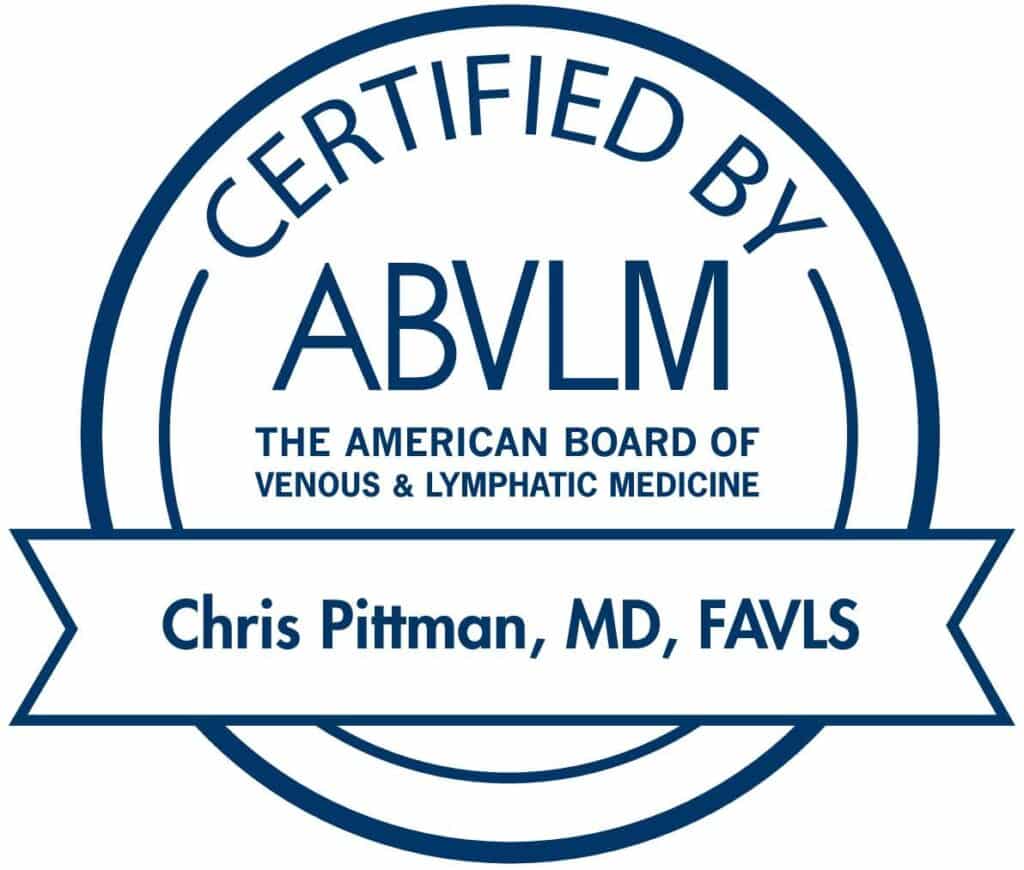A patient with a deep vein thrombosis (DVT) has a blood clot that has formed in a vein deep within the body. This is a medical emergency.
The potential danger of a DVT is a pulmonary embolism. This occurs when a blood clot breaks loose, moves through the circulatory system, and lodges in blood vessels in the lung. Understanding more about this condition and its risk factors could save a life.
Overview of Deep Vein Thrombosis
Healthcare providers refer to a DVT by several names. One of the most common is venous thrombosis. According to the National Heart, Lung, and Blood Institute, DVTs can occur anywhere in the body but are most common in the lower leg or the thigh.
A loose clot is an embolus. When it lodges in a vessel in the lungs and blocks blood flow, the result is a pulmonary embolism or PE. Physicians consider PEs extremely serious because they can damage the lungs as well as other organs and are potentially fatal.
A number of conditions can foster the formation of a blood clot in a deep vein:
- Damage to the inner lining of a vein from surgery, injury, inflammation, chemicals, or other factors
- Sluggish or slowed blood flow, typically after surgery or traveling for an extended period
- Blood that is thicker or more prone to clotting than normal
The Mayo Clinic notes that sometimes DVTs occur without any obvious symptoms. However, the most common signs include:
- Swelling of the limb
- Leg pain, cramping, or soreness that typically originates in the calf
- The skin on the leg that is red or otherwise discolored
- A sensation of warmth in the leg
Physicians who treat vein disease diagnose and treat DVTs.
A P.E. requires immediate medical attention. Typical symptoms include:
- Being suddenly short of breath
- Chest discomfort that gets worse when coughing or inhaling deeply
- Fainting or a sensation of being dizzy or lightheaded
- Rapid pulse rate
- Coughing up blood
What are the DVT Risk Factors?
The more risk factors that are present, the greater the chance that a patient will develop a DVT. Factors that elevate risk include:
- Inherited blood clotting disorder
- Paralysis or an extended period of bed rest
- Surgery or injury to veins
- Pregnancy, extending up to six weeks postpartum
- Oral contraceptives or hormone replacement therapy
- Carrying excess weight
- Smoking
- Certain types of cancer and cancer treatment
- Heart failure
- Inflammatory bowel disease
- A family history of DVT or PE
- Age greater than 60
- Prolonged periods seated
Treatment and Prevention
An ultrasound exam, a specific blood test, venography, and MRI or CT scans are all tools vein specialists use to make a DVT diagnosis in addition to a physical exam. After a positive diagnosis, physicians will recommend lifetime patient monitoring for DVTs and other vein disease issues.
The goal of DVT treatment is preventing a clot from enlarging or breaking away to cause a PE. After a successful outcome, the objective becomes lowering the risk of another DVT. Treatment options include blood thinners taken orally or by injection, clot busters administered via IV or catheter, a vena cava filter, and/or wearing compression stockings.
After a DVT, a patient needs to monitor his or her diet, be alert for excessive bleeding, and make frequent contact with the treating physician. Experiencing plenty of physical movement, especially after surgery or bed rest, is also important.











